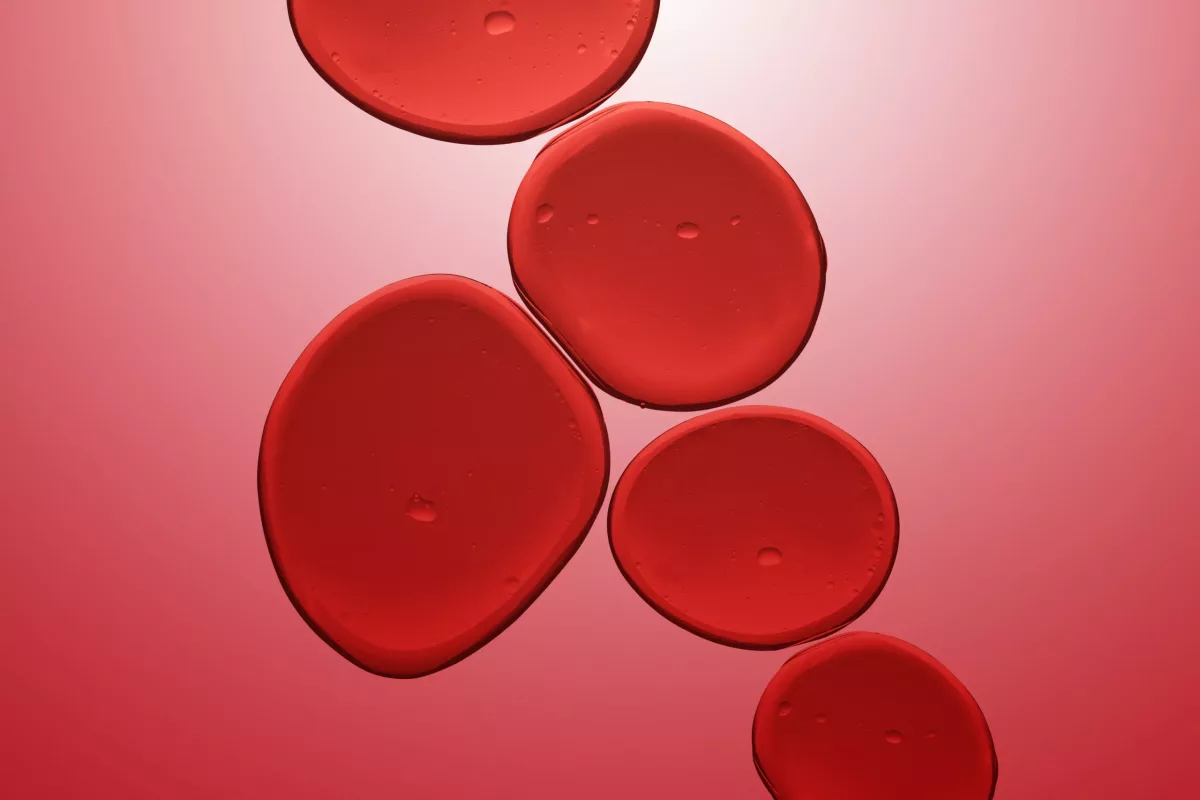A health condition in which a person has increased levels of platelets is called thrombocytosis. Specific blood cells that make clots to stop bleeding are called platelets. However, there are two types of thrombocytosis, such as essential thrombocytosis and reactive thrombocytosis. In most cases, both types are not dangerous. In addition, high levels of platelets may cause some serious and even life-threatening complications. These include a clot in the blood vessels, stroke, myocardial infarction (heart attack), and others.
Types of Thrombocytosis
Essential Thrombocythemia
This type of disease is a rare blood disorder in which the bone marrow produces too many platelets. Generally, the bone marrow produces most blood cells in the body, including platelets. People with this type of thrombocytosis have excess platelets that may lead to serious complications without treatment. Essential thrombocythemia (ET), also known as primary thrombocytosis, is the most common myeloproliferative neoplasm (MPN).
Reactive Thrombocytosis
This type of condition is also known as secondary thrombocytosis, and it often happens due to a condition, injury, infection, surgery, absent spleen, or other causes. As a result, platelet levels begin to increase. In other words, an increased level of platelets occurs as a body reaction to an underlying cause. In most cases, this type of thrombocytosis is temporary.
Symptoms
While most people with this condition do not experience symptoms, especially in the early stages of the disease, others may notice symptoms associated with the underlying condition. Check below some symptoms:
- Headaches
- Bruising easily
- Weakness
- Dizziness
- Lightheadedness
- Bleeding from the mouth, gums, or nose
- Stomach or intestinal tract bleeding
Rarely, people with essential thrombocythemia may develop erythromelalgia. This is a condition that causes pain, redness, numbness, or tingling in the hands and feet. Moreover, severe forms of thrombocytosis may cause unusual blood clots in the abdomen (Budd-Chiari syndrome), which significantly increases the risk of a heart attack or stroke.
Causes
Each type of thrombocytosis has different causes. Check some examples below:
Essential Thrombocythemia
In general, this type of thrombocytosis is an acquired genetic disorder, which means it often develops over time. It often occurs when some genes that are involved in the production of platelets develop DNA changes (mutations). Furthermore, more than 50% of people with essential thrombocythemia have a genetic variant known as JAK2. However, there are other common variants that affect the MPL or CALR gene.
Nowadays, experts do not fully understand what causes these genetic mutations.
Reactive Thrombocytosis
This type occurs when the body reacts to multiple conditions by increasing the production of platelets. Sometimes, an accumulation of platelets may occur because the body may not destroy old platelets at a normal rate. Check below some causes of reactive thrombocytosis:
- Cancer
- Infections
- Inflammatory conditions
- Blood disorders
- Anemia
- Injuries
- Kidney failure
- Surgery (especially, the procedure through which the spleen is removed)
- Treatment for vitamin B12 deficiency
- Certain medicines
This article does not contain all possible causes of reactive thrombocytosis. For more details, discuss it with your doctor.
What Are The Possible Complications of Thrombocytosis?
People who ignore the symptoms and do not get treatment for this condition may experience some complications. Check below some examples:
- Stroke – A serious health condition that causes damage to the brain tissue and may lead to multiple neurological problems.
- Heart attack (myocardial infarction) – It often occurs when a blood clot restricts blood flow in the arteries that supply the heart with blood. Usually, people experience chest pain and extreme tiredness (fatigue).
- Venous thromboembolism – It occurs when a blood clot in the veins (usually in the legs) travels to the lungs and causes pulmonary embolism. The most common symptoms include shortness of breath and chest pain.
- Bleeding – This includes paradoxical bleeding, gastrointestinal bleeding, mucocutaneous bleeding, and others.
- Myelofibrosis
- Acute myeloid leukemia
- Gangene
- Splenomegaly
You can talk with your healthcare professional about ways to reduce the risk or even prevent complications of thrombocytosis.
How to Prevent Thrombocytosis?
Usually, most health conditions that cause reactive thrombocytosis and essential thrombocythemia cannot be prevented.
Diagnosis
While thrombocytosis does not cause symptoms in its early stages, doctors may notice an increased level of platelets during a routine blood work (complete blood count). In normal circumstances, platelet count ranges from 150,000 to 450,000 per microliter of blood. Thrombocytosis often occurs when a person has more than 450,000 platelets per microliter of blood. To confirm the condition, doctors may perform multiple blood tests to check if platelet levels return to normal. If it does not return, it often indicates thrombocytosis.
Physicians may perform certain tests to check for the underlying condition in people with reactive thrombocytosis. These include:
- Peripheral blood smear
- DNA/genetic tests – These tests are often used to check for mutations common in essential thrombocythemia (such as JAK2).
- Bone marrow biopsy – During this test, doctors will take a small sample of bone marrow for testing. It helps identify the abnormal cells in the bone marrow.
Treatment
Doctors usually recommend routine checkups when you do not have symptoms, but they suspect thrombocytosis. Secondary types of the disease usually do not need treatment because they go away when the underlying conditions are treated. Check below some treatments often recommended for people who experience symptoms due to essential thrombocythemia:
- Aspirin – Doctors usually recommend a low-dose Aspirin to be taken daily. It helps prevent blood clots.
- Medicines to reduce platelet levels – There are some medications that help suppress platelet production. Doctors often prescribe Hydroxyurea, Anagrelide, or Interferon alfa (this medicine is used to prevent abnormal platelets from multiplying).
- Procedures to remove platelets – When levels of platelets are very high, as they can form dangerous blood clots, doctors may recommend certain procedures to remove them. One of them involves a machine that filters excess platelets from the blood. This treatment is called plateletpheresis.
Frequently Asked Questions
Can thrombocytosis be cured?
While essential thrombocythemia cannot be cured and doctors recommend treatments to prevent blood clots, people with reactive (secondary) thrombocytosis get rid of the condition when the underlying cause is addressed.
Is thrombocytosis life-threatening?
Generally, high levels of platelets are not dangerous for people, but they increase the risk of some life-threatening complications.
When should I go to the ER?
Immediately go to the nearest emergency room (ER) or call 911 in the U.S. if you think you have symptoms of a myocardial infarction or stroke. Otherwise, it may lead to death. Ask your healthcare provider if you have additional questions.




